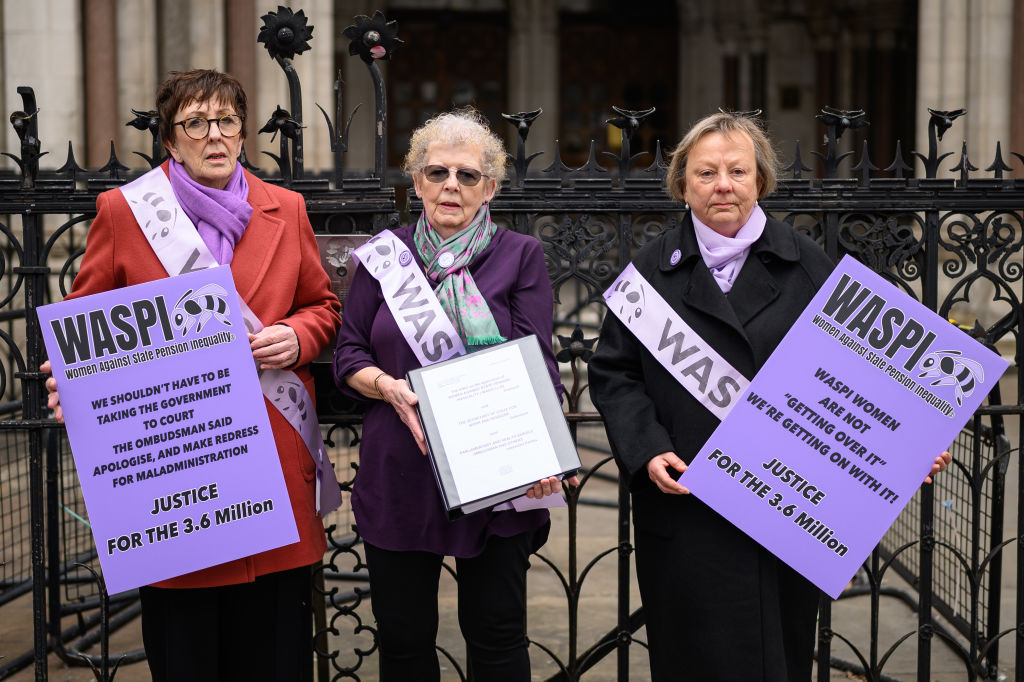Revealed: The best UK regions for buy-to-let landlords
Buy-to-lets have become less and less attractive in the last few years, but there are still some areas where landlords can realise high rental yields. We look at the UK’s buy-to-let hotspots.


Becoming a buy-to-let landlord has grown increasingly difficult in recent years as rental yield growth has slowed while house prices have increased.
The average price of a house in the UK in September was £298,184, according to Halifax, an increase of just 1.3% compared to last year.
While this may be good news for homeowners who are seeing the value of their property increase, it does mean becoming a buy-to-let landlord is more expensive.
MoneyWeek
Subscribe to MoneyWeek today and get your first six magazine issues absolutely FREE

Sign up to Money Morning
Don't miss the latest investment and personal finances news, market analysis, plus money-saving tips with our free twice-daily newsletter
Don't miss the latest investment and personal finances news, market analysis, plus money-saving tips with our free twice-daily newsletter
April’s hikes in the amount of stamp duty paid when buying an additional property have not helped matters either.
But amid this, there are still some places where becoming a buy-to-let landlord can still be profitable. We look at the top ten places in the UK for rental yields.
What are rental yields?
A rental yield measures how much profit a landlord can expect to make from their rental property each year. It is expressed as a percentage of rental income against the property’s market value.
For example, if you earn £10,000 a year from renting out a property worth £100,000, your rental yield would be 10%.
However, rental yield does not take into account any costs associated with letting a property, such as mortgage payments or insurance, and neither does it account for periods when the property is unoccupied and not producing any rental income.
Despite this, it is a good way for landlords to compare how different rental properties are likely to perform and can help them work out if renting out a property is worth it.
Where is the top UK region for buy-to-let?
The best UK region to be a buy-to-let landlord is Wales, as new data from Paragon Bank shows rental yields in the third quarter of 2025 were 8.84%.
This is an increase of 86 basis points compared to the same period the year before (7.98%), marking the strongest annual growth of any region of the UK
The average price of a house in Wales during September was £227,845, according to Halifax, 1.9% higher than a year ago and well below the UK average of £298,184.
The second-best region for rental yields is the North East, where average yields are 8.16%.
Though yields have grown by just an extra 13 basis points since last year (8.03%), house price growth in the North East has been strong throughout the last 12 months, growing by 4.8% – the second-fastest according to Halifax.
The average price of a house in the North East is also more than £100,000 below the national average, sitting at £180,443 in September.
The third-best place in the UK for rental yields is a tie between the South West and the North West, both reporting average yields of 7.81%. This is followed closely by Yorkshire and the Humber at 7.8%.
Meanwhile, the UK region with the poorest average rental yields is Greater London, where yields are just 5.65%.
Despite the average rent in the UK’s capital being by far the highest at £2,192 a month, according to Zoopla, its sky-high house prices (which averaged £543,497 in September per Halifax) mean rental income is small when compared to the market price of a house.
A map showing the UK’s regions and their average rental yields can be found below.
What type of property is most profitable for buy-to-let?
The most profitable type of property for buy-to-let landlords remains the House in Multiple Occupation (HMO), a home in which different households live but share some facilities like kitchens and bathrooms.
The average rental yield in the third quarter of 2025 for an HMO was 8.48%, according to Paragon Bank – almost 1.5 percentage points more than the second-highest.
Freehold blocks, where one building is split into multiple self-contained units, also reported high average rental yields at 7.05%.
A significant falloff is seen in the average rental yields for the remaining property types with flats and terraced houses both producing just under 6.3% in yields on average.
Another falloff is seen for semi-detached houses (5.58%), bungalows (5.04%), and detached houses, which are the lowest yielding property type at an average rental yield of 4.76%.
Property type | Yield |
|---|---|
HMO | 8.48% |
Freehold block | 7.05% |
Flat | 6.28% |
Terraced | 6.27% |
Semi-detached | 5.58% |
Bungalow | 5.04% |
Detached | 4.76% |
Source: Paragon Bank Q3 Rental Yield Report, October 2025
The reason HMOs and freehold blocks yield so much is because multiple streams of rent can be produced from what used to be one single property, allowing landlords to earn more from the same investment.
This can especially be the case when providing student housing, says Louisa Sedgwick, managing director of mortgages at Paragon Bank.
“Student property has always been popular with landlords and that is reflected in both higher yields generated in known student postcodes and HMO properties that typically house students from their second year onwards. We expect this to continue to be the case despite uncertainty over university funding, particularly driven by domestic students.”
Get the latest financial news, insights and expert analysis from our award-winning MoneyWeek team, to help you understand what really matters when it comes to your finances.
Daniel is a financial journalist at MoneyWeek, writing about personal finance, economics, property, politics, and investing.
He is passionate about translating political news and economic data into simple English, and explaining what it means for your wallet.
Daniel joined MoneyWeek in January 2025. He previously worked at The Economist in their Audience team and read history at Emmanuel College, Cambridge, specialising in the history of political thought.
In his free time, he likes reading, walking around Hampstead Heath, and cooking overambitious meals.
-
 How to profit from defence stocks beyond Europe
How to profit from defence stocks beyond EuropeOpinion Tom Bailey, head of research for the Future of Defence Indo-Pac ex-China UCITS ETF, picks three defence stocks where he'd put his money
-
 Why the Waspi women are wrong'
Why the Waspi women are wrong'Opinion Compensation for the Waspi women would mean using an unaffordable sledgehammer to crack a nut, says David Prosser
